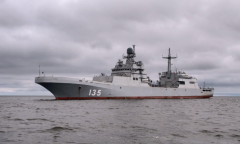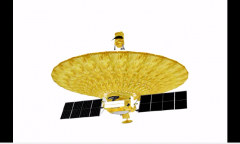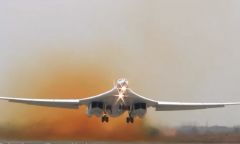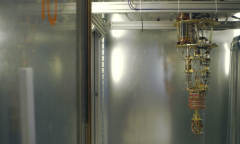By Prei Dy, | June 22, 2017
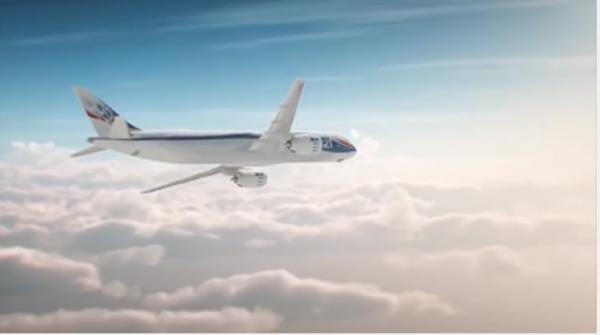
Russia and China team up to develop next gen engine for long-haul planes. (YouTube)
Rostec has offered China to team up and develop a new engine for long-haul passenger planes based on the new PD-14 turbofan engine, Viktor Kladov, the director of the Russian state industrial firm, told Sputnik News.
"We have offered to the Chinese to work together on an engine for a long-range plane based on the PD-14 engine," Kladov said during the 4th China-Russia EXPO show held at the northern Chinese city of Harbin.
Like Us on Facebook
He further said that company aims to have a prototype of the new engine by the end of the decade.
Meanwhile, both Russia and China are currently developing their own respective domestic liners but use foreign engines. For instance, Moscow's MC-21 is powered by US Pratt & Whitney PW1400G engines, but the version for the domestic market will use the Russian-made PD-14 engine. China's C919 also uses CFM International LEAP turbofan engines with France-US origin.
Russia has been working on the Irkut MC-21, which is a twin-engine short-to-mid haul jetliner that could accommodate between 151 and 212 passengers, depending on the model and class configuration. Aside from replacing its aging fleet of passenger aircraft, Russia also wants to get a slice of the growing global aviation market.
China, on the other hand, has been developing the twin engine COMAC C919. The first homegrown Chinese aircraft, which can carry up to 158 passengers, has a range of 4,075 kilometers.
China and Russia also agreed to build an aircraft similar to those made by Airbus and Boeing. The partnership between China's Commercial Aircraft Corporation of China Ltd. (COMAC) and Russia's United Aircraft Corporation (UAC) aims to launch its first flight either in 2022 or 2023, and service entry between 2025 and 2027. The C929 eyes to compete with the Boeing 787 and the Airbus A330neo.
-
Use of Coronavirus Pandemic Drones Raises Privacy Concerns: Drones Spread Fear, Local Officials Say

-
Coronavirus Hampers The Delivery Of Lockheed Martin F-35 Stealth Fighters For 2020

-
Instagram Speeds Up Plans to Add Account Memorialization Feature Due to COVID-19 Deaths

-
NASA: Perseverance Plans to Bring 'Mars Rock' to Earth in 2031

-
600 Dead And 3,000 In The Hospital as Iranians Believed Drinking High-Concentrations of Alcohol Can Cure The Coronavirus

-
600 Dead And 3,000 In The Hospital as Iranians Believed Drinking High-Concentrations of Alcohol Can Cure The Coronavirus

-
COVID-19: Doctors, Nurses Use Virtual Reality to Learn New Skills in Treating Coronavirus Patients


